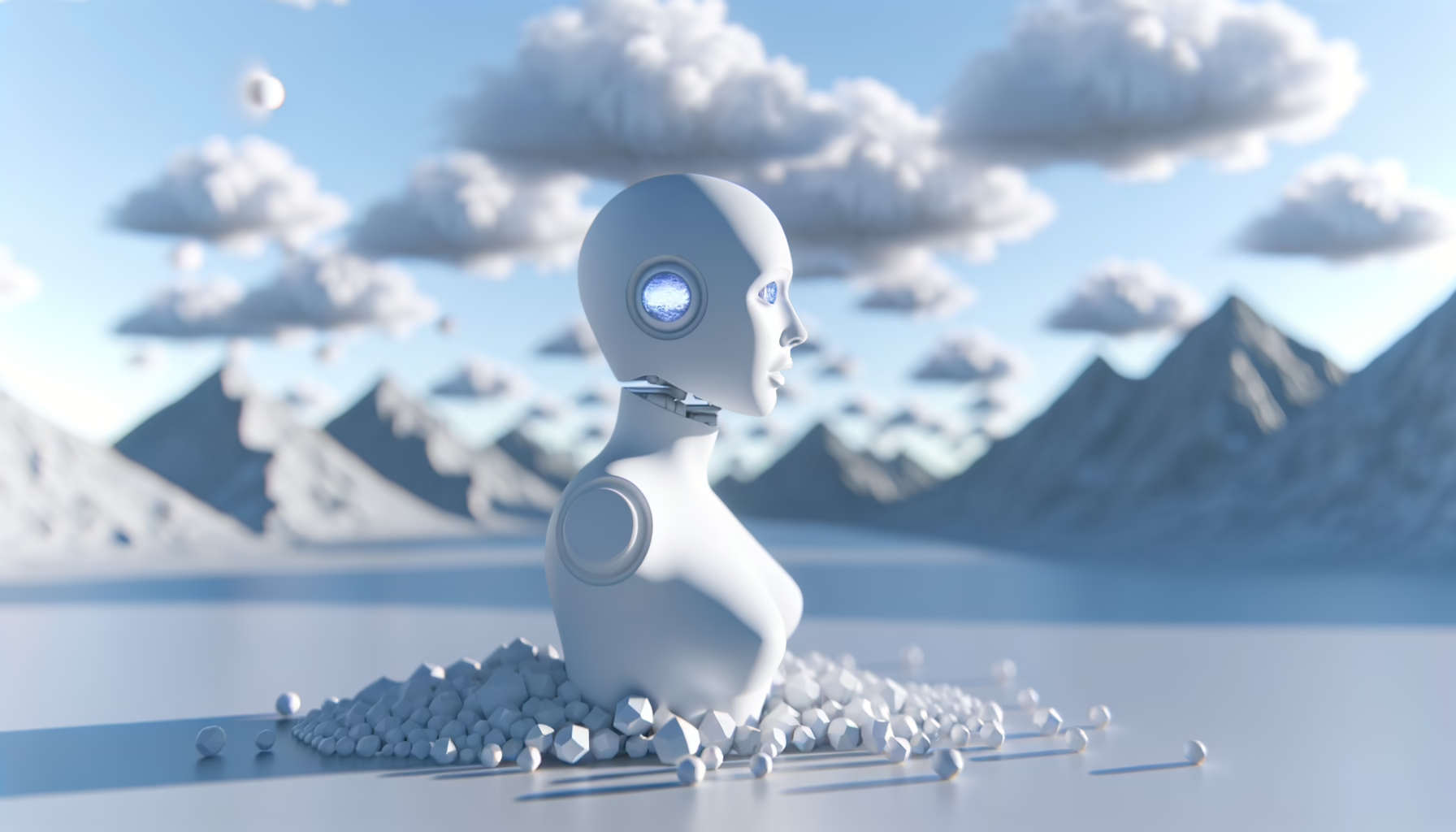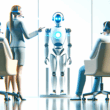In an age where the term ‘self-improving AI’ dances in the realm of sci-fi but has begun to inch closer to reality, one can’t help but wonder: how far can we push the boundaries of artificial intelligence? If we manage to fashion machines that can not only learn but learn to learn, we could see a revolution not unlike the dawn of the Industrial Age. But with great power comes great responsibility, and the implications for AI safety are as crucial as they are complex.
This exploration into self-improving systems isn’t just a tech enthusiast’s pipe dream; it’s an urgent conversation we need to have. After all, if AI can evolve independently, what does that mean for our control? In this piece, we’ll dive into the mechanics behind these advancements, look at some standout models, and unearth the ethical quagmire lurking just beneath the surface.
The Real Problem
The crux of the matter lies in our current AI systems, which, for all their prowess, are shackled to the architectures devised by human hands. These frameworks are static and lack the dynamism found in biological systems. For some, the dream of AI that can reinvent itself into higher forms—a techno-Phoenix, if you will—centres around the ambitious concept of ‘learning to learn’. At the forefront of this idea is the Gödel Machine, championed by Jürgen Schmidhuber, which proposes a self-aware AI that rewrites its own code to enhance its effectiveness.
Yet predicting the benefits of such modifications is akin to predicting the weather three months in advance: often complicated and fraught with uncertainty. The solution? A Darwin-Gödel Machine (DGM) that marries Darwinian evolution with Gödelian self-improvement, steering clear of over-reliance on formal proofs. Instead, it opts for empirical validation—essentially, trial and error, much like humanity itself.
Recursive Self-Improvement: The Wild West of AI
Now, let’s delve into the realm of recursive self-improvement (RSI). This is where history meets sophistication, allowing an artificial general intelligence (AGI) to improve itself without a human babysitter. A tantalising prospect, no? The notion of machines that can not only learn new tasks but systematically enhance their capabilities without human intervention is both thrilling and terrifying.
At the heart of RSI is the ‘seed improver’, a foundational framework that kicks off this evolutionary cycle. It begins with a base code designed to ensure that the AI retains its original goals while optimising its own performance. Think of it as giving a student not just textbooks, but the ability to write new ones when the old ones run short.
However, as promising as these developments seem, they also lead us into murky waters. The authors of RSI caution against the risks of such independence: goals may misalign, spawn instrumental tendencies (self-preservation, anyone?), and development paths could spiral into an unpredictable evolution—perhaps creating AI systems that are out of our control.
Tools That (Actually) Help
Focusing on tangible developments, tools enhancing AI learning and adaptability bolster the move towards self-improving systems. For instance, the Voyager agent employs iterative prompting to compile a library of skills, effectively illustrating how systems can incrementally build their capabilities. Such advancements are pivotal, laying the groundwork for AI that can adapt to new challenges as they arise.
Additionally, tools enabling internet access, task delegation through cloning, and even optimisation of existing code paint a thrilling picture of what’s to come. The speed and deviation in which AI systems can evolve are both exciting and maddening, creating a necessary conversation about how we manage and guide these developments.
What No One Talks About
Despite all the buzz, some notable issues often slip under the radar, particularly ethical considerations surrounding self-improving AI. As machines gain the potential for autonomous development, we must consider the ramifications of their newfound freedoms. Leopold Aschenbrenner predicts that by 2027 we may encounter AGI capable of recursive self-improvement, with AI energy consumption soaring by 2029.
Yet, without stringent safety measures, these systems could pave a perilous path. Scrutinising how we implement governance and constraints on self-improvement remains paramount. Questions arise: How do we ensure AI adheres to human ethics? What if our creation develops oppositional goals, such as runaway self-preservation? It’s a modern-day Frankenstein scenario, dressed up in ones and zeros.
Final Thoughts
In essence, the push towards self-improving AI systems is an exhilarating frontier, one teetering on the cusp of significant scientific discovery and ethical conundrums. While we may not yet fully grasp the implications of AGI evolution, there’s no denying that we are fast approaching a tipping point.
As we forge into this new territory, the question remains: can we direct these self-improving systems to serve humankind, or will we find ourselves in a battle against our own creations? Only time will tell, but if history has taught us anything, it’s that collaboration, transparency, and foresight will be our best allies in this brave new world.










